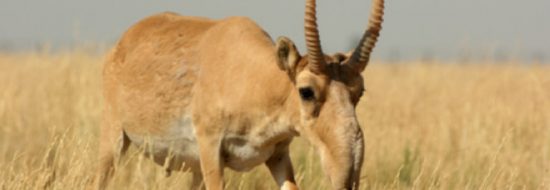April 2017. In my previous story, I described my impressions of another spring on the grasslands of the Ukrainian steppe and explained that this was my second trip to Ukraine to conduct a biodiversity assessment for the U.S. Agency for
Read More
Another Spring on the Ukrainian Steppe

April 2017. Six years ago, in March 2011, I was in eastern Ukraine, near the western edge of the Eurasian steppe ecoregion that sprawls across the continent from Mongolia to the Danube. These grasslands were the habitat for our hunter
Read More
Read More
More Miombo Magic from Malawi

July 2016. Breakfast at Annie’s Lodge in Zomba, with a big French press of Malawian “Mzuzu” coffee. I took the leftovers in my travel mug when Miles, the driver from LTS, picked us up at 8 AM. We drove north
Read More
Read More
The Astonishing World Under the Sky: Wandering with John James Audubon in Louisiana Woods

December 2016. It was a sunny late morning on a cool December day when we arrived at the Oakley Plantation in south-central Louisiana near St. Francisville, about two hours on fast highways from New Orleans. It would have been a
Read More
Read More
My 100th Blog Post

Dear friends and colleagues, My 100th blog, Pondering the Ponds of Nags Head Woods Again, was posted on December 6th, 2016, and my first story, Mt. Kenya and Lewa Wildlife Conservancy, was posted on September 6th 2011, soon after my
Read More
Read More
Pondering the Ponds of Nags Head Woods Again

November 13th, 2016. Exactly four years ago I wandered around The Nature Conservancy’s Nags Head Woods Ecological Preserve, and what I saw triggered a cascade of ideas that I described in a story posted then called “Pondering the Ponds of
Read More
Read More
The View from Chikala Hill: Birds, Butterflies, and People in Southern Malawi

July 2016. I was back in southern Malawi as team leader for a small, biodiversity-related component of the Shire River Basin Management Program, a large project funded by the World Bank and implemented by the Government of Malawi’s Ministry of
Read More
Read More
Mapping Mahogany on the Border with Belize

January 2016. In my mind mahogany is one of nature’s wonders, one of the most beautiful woods in the world. Maybe that’s because my dad decided to use mahogany paneling in my bedroom when he was building the house where
Read More
Read More
More Ecological Musings in the Maya Forest

January 2016. The Department of Petén covers the northern third of Guatemala. It is a vast region of lowland forests, rivers and lakes, home to only around four percent of Guatemala’s population of 15 million. It’s a long way from
Read More
Read More





